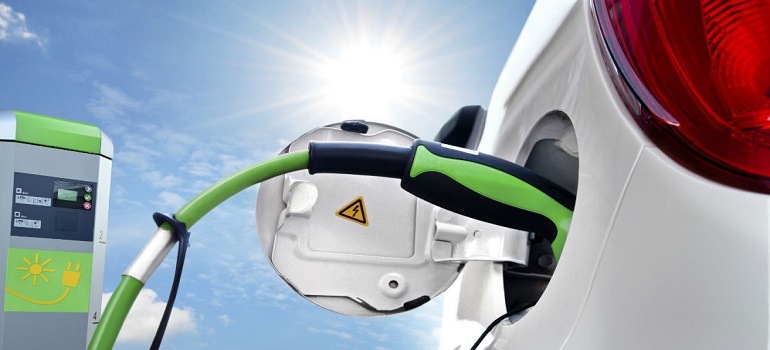Experts credit rising awareness of the environmental and cost benefits of EVs and highlight the need for charging infrastructure and local manufacturing capabilities to drive adoption in smaller cities.
Electric vehicles (EVs) have gained strong momentum in the Indian market in 2022, with a threefold increase in sales as compared to the previous year. According to official data, Indians have purchased 2.78 lakh EVs since January 2023, at an average rate of over 90,000 EVs per month.
Interestingly, the demand for EVs is not limited to metro cities like Delhi, Mumbai, and Bengaluru but is also increasing in Tier-2 and Tier-3 cities.
Experts from the International Council of Clean Transportation (ICCT) and The Energy and Resources Institute (TERI) believe that the increasing awareness of the environmental and cost-related benefits of EVs is driving the demand for EVs in India.
Amit Bhatt, the Managing Director for India at ICCT, said that smaller cities have the potential to become strong drivers of India’s clean energy revolution. The adoption of EVs in these cities can reduce their carbon footprint and contribute to the country’s ongoing efforts to combat air pollution and climate change.
Bhatt also added that transitioning to EVs in Tier-2 and Tier-3 cities will help to lessen India’s dependence on fossil fuels, cut down on import bills, and reduce air pollution, leading to a self-reliant and sustainable energy ecosystem that will contribute significantly to the country’s economic growth. The adoption of EVs in smaller cities will also create new business and job opportunities in the manufacturing, supply chain, and charging infrastructure sectors.
According to Sharif Qamar, the Associate Director and Area Convenor of, Transport, and Urban Governance Division at TERI, seven areas of focus can accelerate the adoption of EVs across different geographies. These are institutional and policy readiness, infrastructure readiness, technology readiness, economic readiness, social readiness, environmental readiness, and innovation readiness.

India is one of the largest two-wheeler markets globally, with two-wheelers accounting for about 80 percent of the vehicle population in the country. The non-urban markets account for 50-60 percent of the total sales. Qamar anticipates that the demand for electric two-wheelers will increase sharply with more and more original equipment manufacturers (OEMs) and models coming into the market.
An ambitious vehicle electrification pathway can help reduce tailpipe emissions by 18-50 percent, depending on the pollutant. Even with the existing grid, EVs in India currently emit between 19-34 percent less greenhouse gas emissions over their entire life cycle as compared to traditional internal combustion engine cars, according to ICCT estimates. Electric two-wheelers yield even greater reductions in emissions in the range of 33-50 percent.


